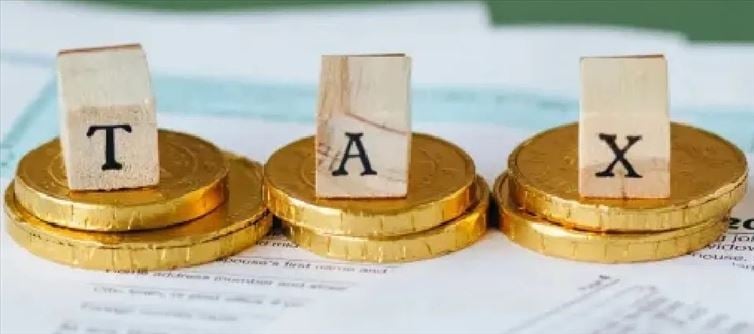
Rakesh's Situation: A Salary of ₹12 Lakh Without Tax Payment
Take Rakesh, a worker in the private sector who makes ₹1 lakh a month. At first, he thought that he would lose a large amount of his ₹12 lakh yearly pay to taxes. However, he was able to totally minimize his tax due by judiciously using deductions under the Old Tax Regime.
Why the Old Tax System Performed Better
The Old Tax Regime and the New Tax Regime were Rakesh's two choices. Even with the ₹75,000 basic deduction, his entire tax obligation under the New Tax Regime would have been ₹71,500. He would have been required to pay this sum in full because the new system does not provide any more exemptions. He was eligible for a refund under Section 87A, which reduced his total tax payment to zero, thanks to the Old Tax Regime's numerous deductions, which reduced his taxable income to ₹5 lakh.
Step-by-Step Breakdown: How Rakesh Reduced His Taxable Income
1. Standard Deduction and Section 80C Investments
The first step was claiming the ₹50,000 standard deduction, reducing his taxable income to ₹11.5 lakh. Then, he used Section 80C to claim deductions of ₹1.5 lakh by investing in EPF, PPF, ELSS, and paying tuition fees for his children. This brought his taxable income down to ₹10 lakh.
2. Additional Savings Through NPS and home Loan Interest
Rakesh then took advantage of Section 80CCD(1B) by investing ₹50,000 in the National Pension System (NPS), which further reduced his taxable income to ₹9.5 lakh. Since he had a home loan, he claimed ₹2 lakh in interest payments under Section 24B, bringing his taxable income down to ₹7.5 lakh.
3. Tax Benefits from health Insurance
Rakesh purchased a medical insurance policy for himself, his spouse, children, and parents, allowing him to claim ₹50,000 under Section 80D. This further lowered his taxable income to ₹7 lakh.
4. HRA Exemption Brought Taxable Income to ₹5 Lakh
Since Rakesh lived in a rented house, he utilized the house Rent Allowance (HRA) exemption, claiming another ₹2 lakh as a deduction. This final step reduced his taxable income to ₹5 lakh, making him eligible for the Section 87A rebate, which meant he did not have to pay any tax at all.
Reasons for Taxpayers to Examine the Old Tax System
Lower tax rates are provided under the New Tax Regime, however the majority of exemptions and deductions are eliminated. Conversely, individuals who make wise investments profit from the Old Tax Regime. people like Rakesh can safely waive their tax obligations and safeguard their financial future by utilizing government-approved tax-saving plans.
Salaried professionals should analyze the two tax regimes and select the one that reduces their tax outflow before submitting income taxes. A ₹12 lakh salary may be legally and effectively converted to zero-tax income with the correct tax plan, as demonstrated in Rakesh's example.




 click and follow Indiaherald WhatsApp channel
click and follow Indiaherald WhatsApp channel